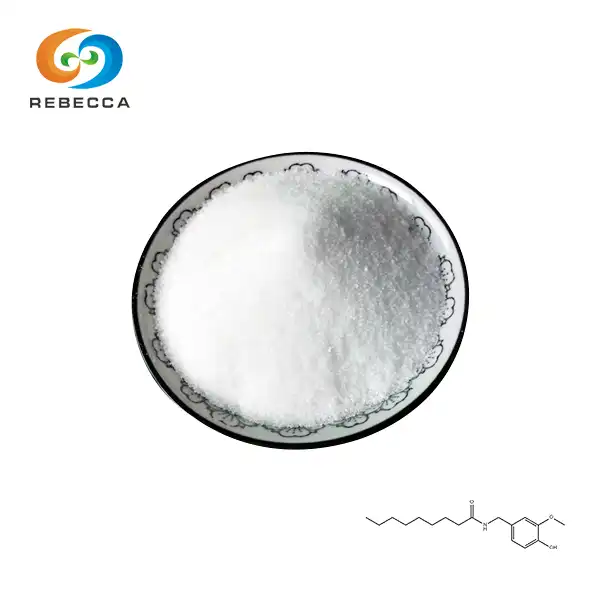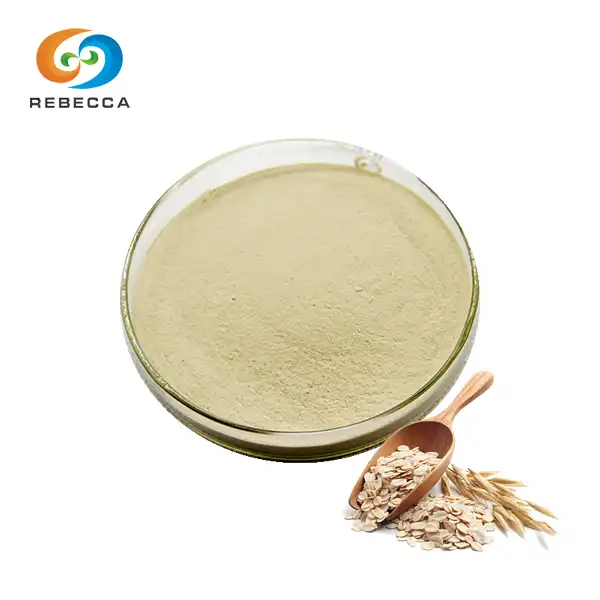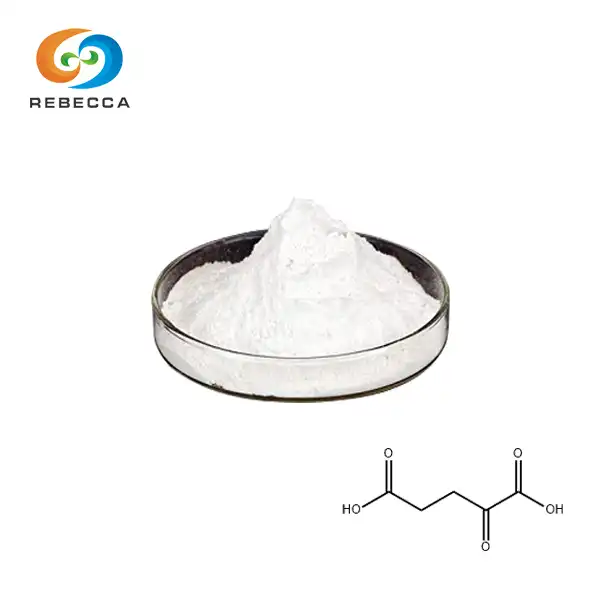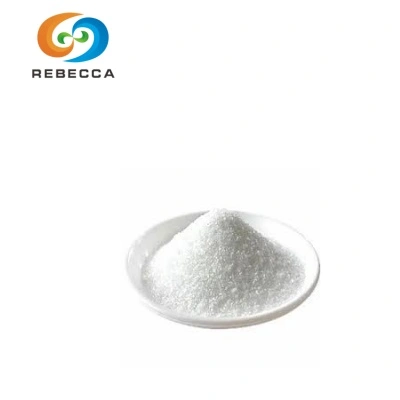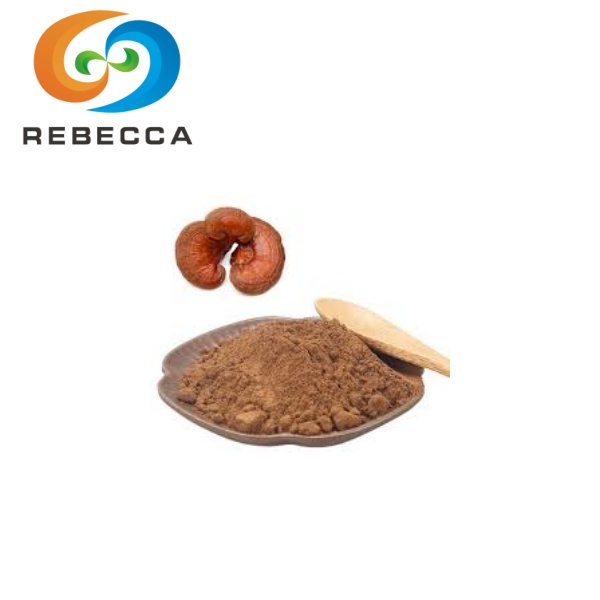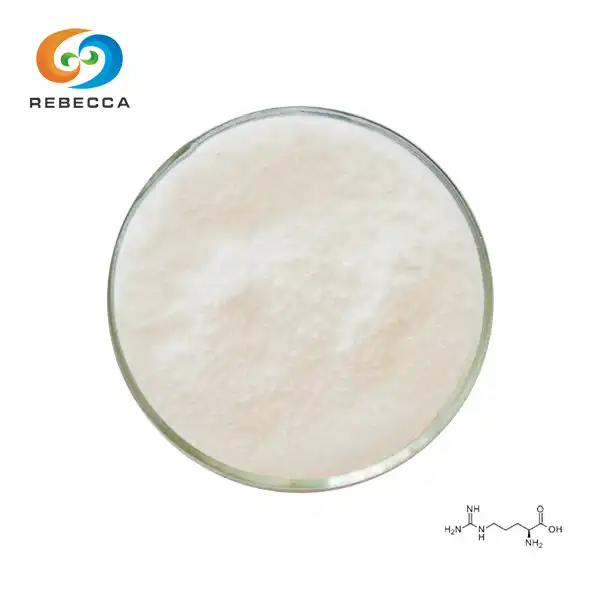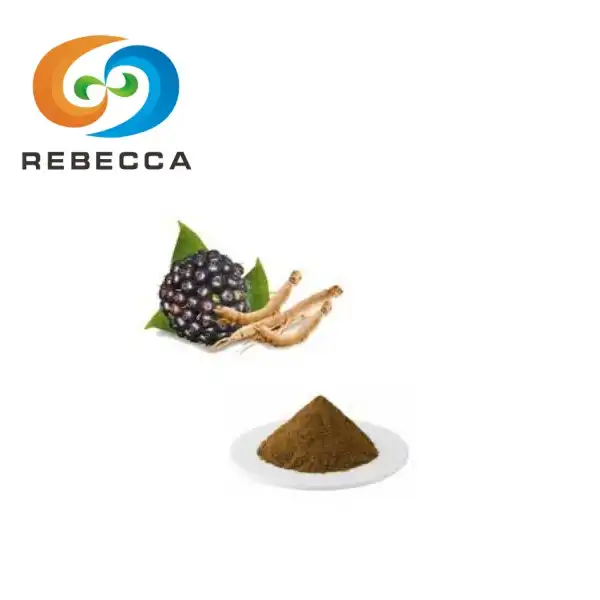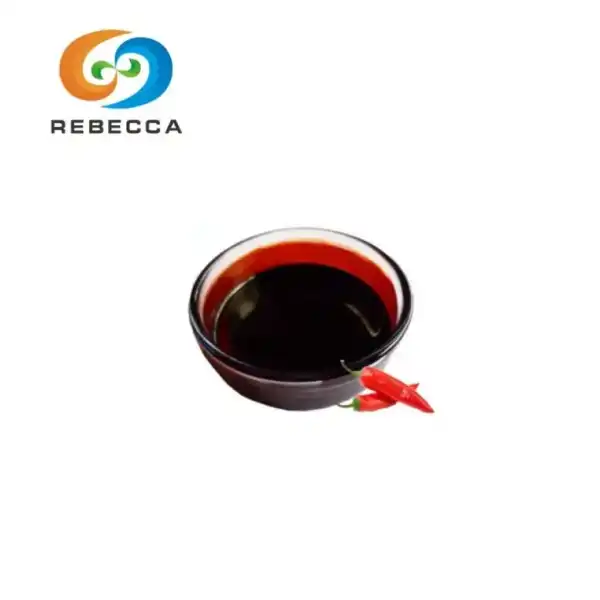What is synephrine?
Synephrine has gained significant attention in the health and fitness world, particularly for its potential effects on weight loss and energy boosting. But what exactly is synephrine, and how does it work? This comprehensive guide will delve into the uses, effects, and key differences between synephrine and similar compounds, providing you with a clear understanding of this fascinating substance.
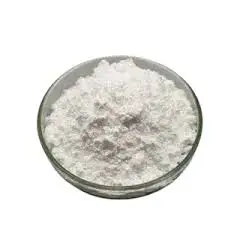
Synephrine Uses: From Supplements to Fat Burning
Synephrine, a naturally occurring alkaloid found in certain plants, has become increasingly popular in dietary supplements and weight loss products. Its primary source is the bitter orange fruit (Citrus aurantium), which has been used in traditional Chinese medicine for thousands of years.
Dietary Supplements and Weight Loss
Many supplement manufacturers include synephrine in their formulations, promoting it as a natural alternative to ephedrine. These products are commonly marketed to support weight loss by potentially boosting metabolic rate and encouraging fat oxidation. Synephrine is believed to help increase energy expenditure and fat burning, making it a popular ingredient in fat-burning supplements. However, users should approach these products with caution and consult a healthcare provider to ensure safety and effectiveness.
Athletic Performance Enhancement
Some athletes and fitness enthusiasts use synephrine-containing supplements to enhance performance. Its stimulant properties may help boost energy levels and improve focus during workouts. By potentially increasing alertness and endurance, synephrine is often sought after for its ability to support physical performance. However, users should exercise caution and consult a healthcare provider to ensure safety and avoid potential side effects.
Traditional Medicine Applications
In traditional Chinese medicine, bitter orange extracts containing synephrine have been used to treat conditions like digestive issues, nausea, and congestion. However, it's important to recognize that modern scientific evidence supporting these uses is limited. While these remedies have historical significance, more research is needed to confirm their effectiveness and safety in treating these health concerns.

How Synephrine Affects Energy and Metabolism?
Synephrine's effects on the body are primarily attributed to its interaction with the adrenergic system, which plays a crucial role in regulating various physiological processes.
Adrenergic Receptor Activation
Synephrine acts as an agonist on specific adrenergic receptors, especially β3 receptors. This activation may stimulate lipolysis (fat breakdown) and thermogenesis (heat production), which could contribute to its potential fat-burning effects. By enhancing these processes, synephrine is often included in supplements aimed at supporting weight loss and improving metabolic function. However, its effectiveness may vary, and further research is needed.
Metabolic Rate Increase
Some studies suggest that synephrine may modestly increase basal metabolic rate, which plays a key role in daily caloric expenditure. While the effect is relatively small, it could support weight loss efforts when combined with a balanced diet and regular exercise. However, its impact may vary between individuals, and it's important to consider other factors that contribute to effective weight management.
Energy Boost and Focus
As a mild stimulant, synephrine may offer a modest boost in energy levels and mental alertness. However, its effects are typically considered weaker than those of caffeine or ephedrine. While it can enhance focus and energy, the impact is generally more subtle, making it a popular choice for those seeking a gentler stimulant option without the intensity of stronger alternatives.

Synephrine vs. Ephedrine: Key Differences Explained
While synephrine and ephedrine share some similarities in their effects and applications, there are crucial differences between these two compounds.
Chemical Structure and Potency
Synephrine and ephedrine have similar chemical structures, both being phenethylamine alkaloids. However, synephrine is generally considered less potent in its stimulant effects. This reduced potency may contribute to a potentially lower risk of adverse effects compared to ephedrine.
Regulatory Status
Ephedrine has been banned or heavily restricted in many countries due to safety concerns, particularly its potential cardiovascular risks. In contrast, synephrine remains legal and more widely available in dietary supplements, though it's still subject to ongoing research and scrutiny.
Receptor Specificity
Ephedrine acts on a broader range of adrenergic receptors, including those that can significantly affect heart rate and blood pressure. Synephrine, particularly p-synephrine (the form most commonly found in supplements), shows greater specificity for β3 receptors, which are primarily involved in lipolysis and less associated with cardiovascular effects.
Safety Profile and Side Effects
While both compounds can potentially cause side effects, ephedrine is generally associated with a higher risk of adverse events, especially when misused. Synephrine is often marketed as a safer alternative, though it's important to note that more research is needed to fully establish its long-term safety profile.

Conclusion
In conclusion, synephrine is a fascinating compound with potential applications in weight management and energy enhancement. As research continues to evolve, our understanding of its effects and optimal use will likely improve. If you're considering using synephrine or any supplement containing it, it's crucial to consult with a healthcare professional to ensure it's appropriate for your individual needs and health status.
For more information about synephrine and other natural herbal extracts, please contact us at information@sxrebecca.com. Our team of experts is always ready to answer your questions and provide high-quality, natural products to support your health and wellness goals.
References
1. Stohs, S. J., Preuss, H. G., & Shara, M. (2011). The safety of Citrus aurantium (bitter orange) and its primary protoalkaloid p-synephrine. Phytotherapy Research, 25(10), 1421-1428.
2. Kaats, G. R., Miller, H., Preuss, H. G., & Stohs, S. J. (2013). A 60day double-blind, placebo-controlled safety study involving Citrus aurantium (bitter orange) extract. Food and Chemical Toxicology, 55, 358-362.
3. Ratamess, N. A., Bush, J. A., Kang, J., Kraemer, W. J., Stohs, S. J., Nocera, V. G., ... & Faigenbaum, A. D. (2016). The effects of supplementation with p-synephrine alone and in combination with caffeine on metabolic, lipolytic, and cardiovascular responses during resistance exercise. Journal of the American College of Nutrition, 35(8), 657-669.
4. Gutiérrez-Hellín, J., & Del Coso, J. (2018). Acute p-synephrine ingestion increases fat oxidation rate during exercise. British Journal of Clinical Pharmacology, 84(8), 1681-1691.
5. Shara, M., Stohs, S. J., & Mukattash, T. L. (2016). Cardiovascular safety of oral p-synephrine (bitter orange) in healthy subjects: a randomized placebo-controlled cross-over clinical trial. Phytotherapy Research, 30(5), 842-847.
_1730691017423.webp)

